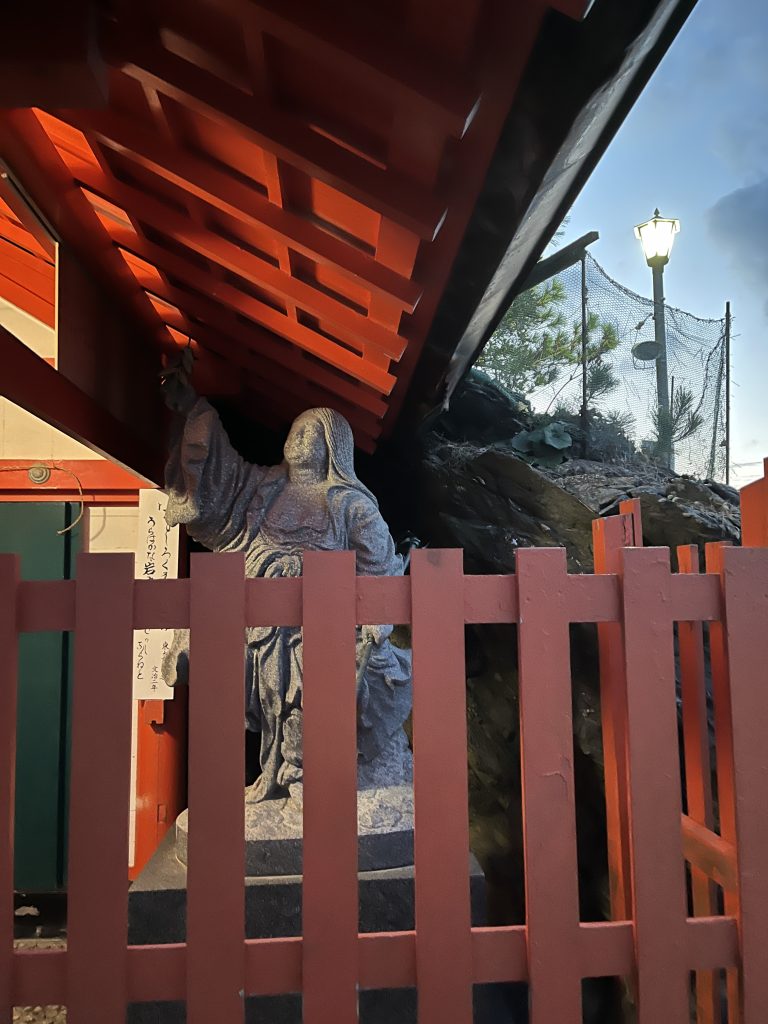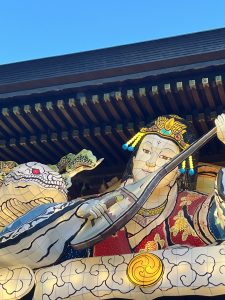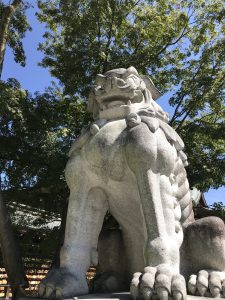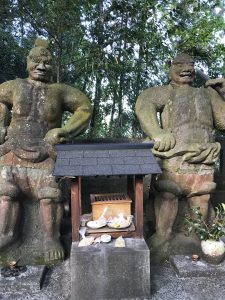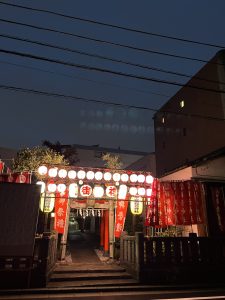What the Kojiki Teaches Us About the Japanese Gods and the Meaning of Work
“Why do we have so many shrines in Japan?”
“What is Shinto really about?”
You may have wondered these things before.
In fact, many of the deities enshrined at Japanese shrines appear in Kojiki, Japan’s oldest historical record.
Today, let’s take a look at the gods of the Kojiki and what they reveal about the foundations of Japanese culture.
What is the Kojiki?
The Kojiki is the oldest book in Japan, filled with myths and legends.
It introduces a wide range of deities—each with their own personality and story—similar to the gods of Greek mythology.
These aren’t distant, abstract figures, but rather deities full of character and emotion.
Even Amaterasu Works?
Amaterasu Ōmikami, revered as the supreme deity in Japanese mythology, is depicted as weaving cloth.
Other gods, too, are shown farming, building, traveling—living lives with a sense of realism and daily purpose.
Work in the Spirit of Shinto
In Shinto, working together to create abundance is a central value.
Rather than commanding from above, the gods themselves work alongside others.
This attitude reflects a deep cultural emphasis on cooperation and the value of hands-on contribution—something still seen in Japanese workplaces today.
A Contrast with the Christian God
The Christian God is often understood as almighty and absolute, standing apart from humanity.
He gives commands and tests people, and exists far beyond the human world.
In contrast, the deities of Kojiki laugh, cry, fail, and help one another build the world.
They are relatable—not only divine, but also familiar.
Postwar Japan and a Lost Worldview
After World War II, Japan adopted many Western values.
In the process, the traditional belief of “everyone working together to achieve shared prosperity” began to fade.
It’s possible that Japan’s past strength—even as a small nation—came from this unifying worldview.
In Closing
Next time you visit a shrine, think of the gods enshrined there.
They once worked, struggled, and created a world together—just like us.
Perhaps this is why the shrines of Japan feel so warm, welcoming, and close to our hearts.
